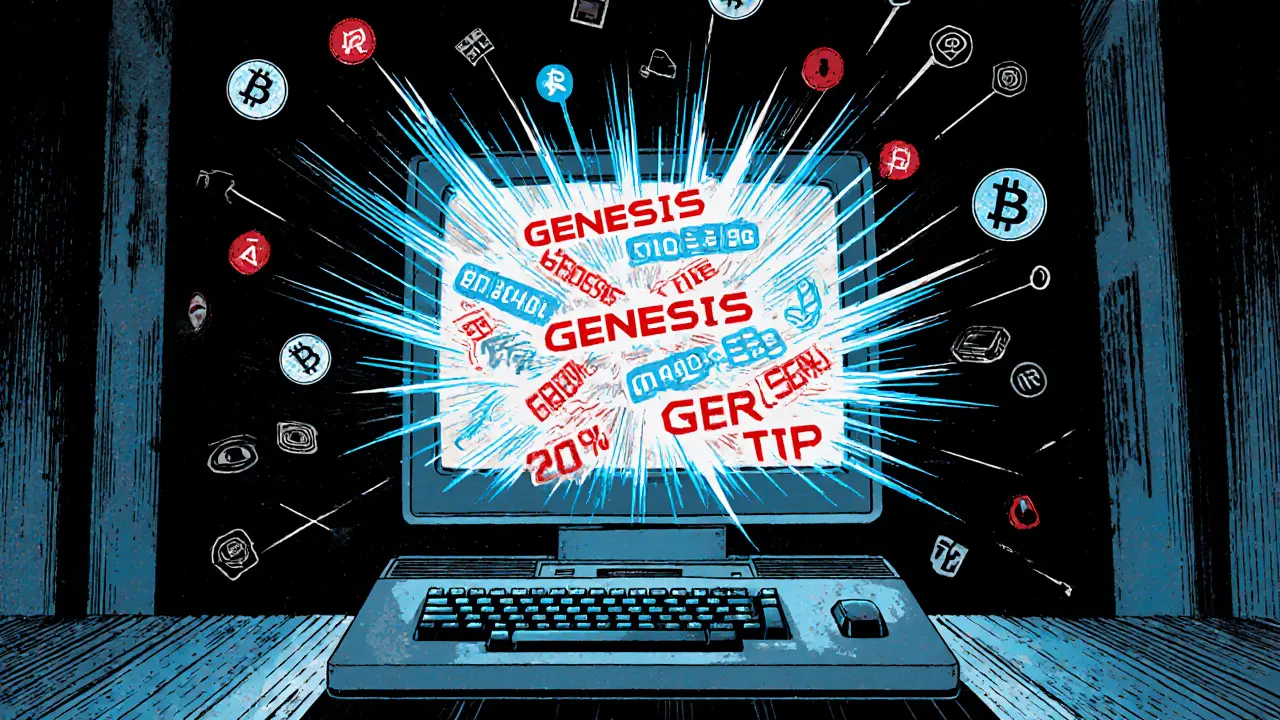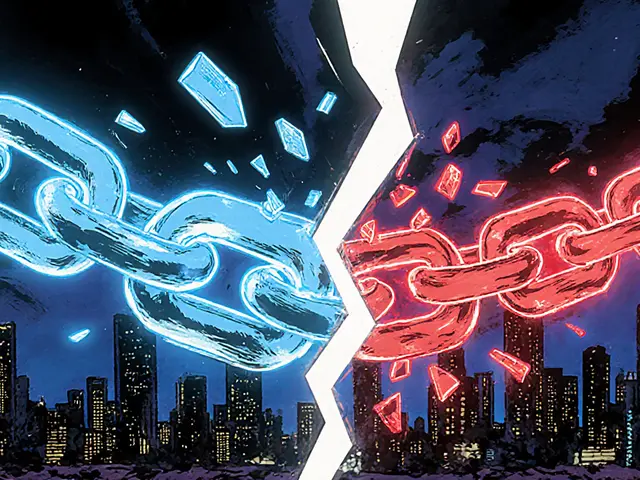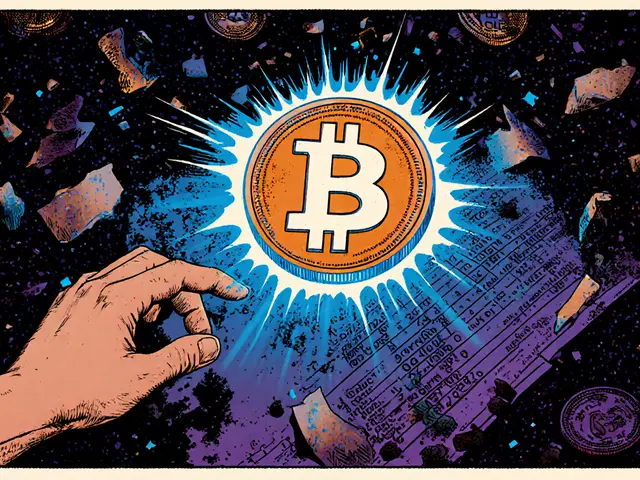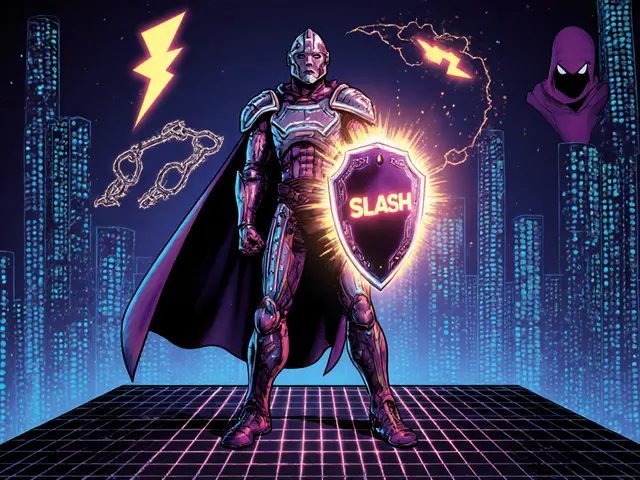Blockchain Node Sync: What It Is and Why It Matters for Crypto Users
When you hear blockchain node sync, the process where a device downloads and verifies the full history of a blockchain to stay in agreement with the network. It’s what keeps Bitcoin, Ethereum, and other chains running without a central server. Without it, your wallet can’t confirm transactions, exchanges can’t trust balances, and apps break. It’s not just for techies — if you hold crypto, you’re already relying on synced nodes every time you send or check your balance.
There are two main types of nodes: full nodes, devices that store the entire blockchain and validate every rule and light nodes, lighter clients that rely on full nodes for data, used by most mobile wallets. Full nodes are the backbone of decentralization — they catch fraud, reject bad blocks, and enforce consensus. Light nodes are faster and use less storage, but they trust others to tell them the truth. That’s why syncing a full node is the gold standard for security and independence.
Syncing can take hours or days, depending on the chain. Bitcoin’s full chain is over 500 GB. Ethereum’s is even bigger, with state data growing fast. If your node is stuck, it’s not broken — it’s just catching up. Common causes: slow internet, old hardware, or network congestion. Some users skip syncing entirely and use third-party APIs, but that means giving up control. The posts below show you real cases — like how validator slashing ties into node reliability, why some exchanges run their own nodes, and how blockchain forks can break sync if nodes aren’t updated.
You’ll find guides here on node types used by exchanges like WhiteBIT and Bitnomial, how sync delays affect trading, and why some tokens like WACME or AP3X depend on stable node infrastructure. You’ll also see warnings about fake chains or poorly maintained networks — like Buff Network — where nodes might not even exist. Whether you’re running a node or just using a wallet, understanding sync helps you spot risks and choose better tools.






